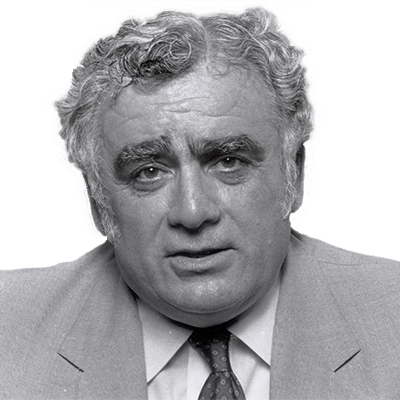
Jerome Holtzman
this project
By Nate Harold in 2017
Jerome Holtzman wouldn’t recognize the current sports reporting landscape. Rumors and declining artistic sportswriting have eroded much of what he valued in sports journalism. It’s no wonder many teams, from the owners to the players, carry an “us vs. them” mentality when it comes to the press.
Holtzman, who died in 2008, did not become a baseball writer to chase after the juicy storylines or cause a racket. He did it because he loved the game and held the utmost respect for everyone involved. And baseball returned the favor.
A lifelong Chicagoan, Holtzman was born in the Windy City on July 12, 1926. After his father’s death in 1936, Holtzman’s mother couldn’t support the family so he, along with his younger brother and sister, took shelter in a Jewish orphanage. But Holtzman never dwelled on it, deciding instead to see the positives.
The award-winning sportswriter began his career as a copyboy with the Chicago Daily News in 1943, his first of many publications. Holtzman made the rounds at Chicago papers, first covering high school sports for the Chicago Daily Times before moving to the baseball beat for the Chicago Sun-Times in 1957. He also wrote a baseball column for The Sporting News for 30 years before becoming the national baseball columnist at the Chicago Tribune in 1981.
While “the dean” will always be revered by the Chicago and sportswriter communities, Major League Baseball is where his contributions endure.
“I was in awe of [Holtzman] because of the save rule,” Ron Rapoport, who worked alongside Holtzman as a sports columnist for the Sun-Times, said.
Holtzman invented the save statistic in 1959 while covering the Chicago Cubs, although the MLB didn’t officially adopt the statistic until 1969. The statistic helps measure the effectiveness of a relief pitcher on a game and made their contributions more visible to teams and fans. At the time, it was the first baseball statistic to be created since the run batted in (RBI) in 1920.
“I don’t know any other sportswriter who changed the way baseball was played,” Rapoport said. “He was able to quantify a relief pitcher’s role, and teams began to see in numbers what relief pitchers could do. Players and managers looked at them in a brand new way.”
Holtzman’s legacy in baseball was forever enshrined upon his election into the writer’s wing of the National Baseball Hall of Fame in 1989.
After retiring from the press box in 1999, Holtzman was named the MLB’s first official historian by longtime friend and former commissioner Allan H. “Bud” Selig.
Not only was Holtzman a respected and decorated writer, he was a “prolific saver of information,” said Paul Sullivan, the Chicago Tribune’s baseball writer who worked with Holtzman.
The most famous example of Holtzman’s collections was his library, which contained thousands of books, encyclopedias, court documents, articles, papers and personal notes, located in his house in Evanston, Illinois. Prior to his death in 2008, Holtzman gifted his library to the Chicago Baseball Museum.
While Holtzman is not remembered his fancy writing, he had a keen ability to find the news and break a story.
“Words didn’t matter to [Holtzman],” Rapoport said. “Facts mattered to him.”
Sullivan recalls Holtzman’s writings as telling the “story of his day.”
“In my mind he was very descriptive of everything, he wasn’t just writing about a baseball game,” Sullivan said. “It seemed like he wove his life and the people he talked to into a cohesive narrative.”
John Schulian, who worked as a sportswriter with Holtzman at the Chicago Sun-Times, referred to him as a “great resource” because of his connections around the league.
“[Holtzman] was not a great writer, he was a great reporter,” Schulian said. “He was in with the managers, owners and commissioner’s office. He could get the people the rest of us couldn’t.”
This played to Holtzman’s reputation as the “ultimate informant,” according to Rapoport.
“[Holtzman] basically called the end of the [MLB players’] strike in 1981,” Sullivan said. “He was really plugged in with everyone from players to owners.”
Along with his reputation as an inside man, Holtzman was popular because of his zany behavior in the press box.
Schulian describes Holtzman’s appearance as “tweed suits with a vest, and he had these great bushy eyebrows.”
“He did things that made you laugh,” Rapoport said, recalling one game where Holtzman decided to call every pitch from his seat in the press box.
“He was smoking cigars all the time, he would smoke while he typed a story,” Sullivan said. “He needed that to help him write. I never asked him why because it was just what he did.”
The quirks that made up Holtzman’s character did not detract from the respect he received from nearly everyone he came in contact with due to his honesty and unmatched forwardness.
“[Holtzman] was a real pro,” Schulian said. “He respected both himself and the people he was dealing with.
“He carried himself with supreme confidence in his ability and his stature,” Rapoport said. “It was a big deal to be a baseball writer and Jerry personified that.”
Contrary to the prevailing attitudes of today’s athletes, many of them looked up to Holtzman as a fair and ethical journalist in his time.
“After the [MLB players’] strike in 1994, [Holtzman] came to spring training the next year,” Sullivan said. “Once the league settled, even though he was on the owners’ side, the players stood in line to welcome him back. Big name players had a lot of respect for Jerome.”
Fellow baseball writers admired Holtzman both for the quality of his work and his drive to accomplish things the right way.
“[Holtzman] had standards,” Schulian said. “Some baseball writers were speculating on trades. Jerome didn’t traffic in that kind of crap. If Jerome wrote it, you could believe it.”
Holtzman was classically stubborn and wasn’t afraid to call out those who would attempt to deny him.
“[Holtzman] didn’t mind ripping on players or ownership or a manger if he didn’t think they were being upfront with him,” Sullivan said. “If a player tried to embarrass you in the clubhouse, he would say ‘Take a shot at him in the paper the next day.’”
This was risky behavior at the time. According to Sullivan, there were four major newspapers in Chicago and being critical of either the Cubs or Chicago White Sox, Chicago’s two MLB teams, you risked “being shut out of all the information.”
Holtzman’s stubbornness also caused problems with his editors.
“[Holtzman] didn’t get along with his editors because he did it his way,” Rapoport said.
Rapoport recounted a time when Lewis Grizzard, an author who was Holtzman’s editor at the Chicago Sun-Times, approached Holtzman about his use of clichés in his articles.
Holtzman responded with, “Yes, but they’re my clichés.”
Accepting the fact that he couldn’t delicately manipulate words to his advantage, Holtzman appreciated the sportswriter who could.
In 1974, Holtzman published his book “No Cheering in the Press Box,” a collection of interviews with 18 legendary sportswriters, including Red Smith, Shirley Povich and Jimmy Cannon. The book is an homage to the journalists of the golden age of sports (between World War I and World War II) who paved the way, stylistically and ethically, for future sportswriters.
Holtzman wrote or edited more than a dozen books in his career, including “The Commissioners: Baseball's Midlife Crisis,” in which he discusses the history of the position and profiles those who have held it, and “Baseball, Chicago Style: A Tale of Two Teams, One City,” which chronicles the history of the Cubs and White Sox franchises until 2001.
Much of Holtzman’s legacy will survive through his works and contributions to both sports journalism and the game of baseball. While we will never know what he would’ve thought of the “age of social media,” it is likely he would’ve considered all of the rumors and speculation out there today as hollow journalism.
If Holtzman could give advice to the young journalists of tomorrow, it would probably go something like this: “Be respectful. Be confident. Be correct.”
 Michael Wilbon
Michael Wilbon Bill Nack
Bill Nack Dan Jenkins
Dan Jenkins Sally Jenkins
Sally Jenkins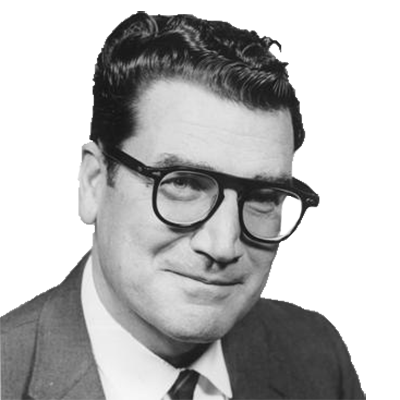 Jim Murray
Jim Murray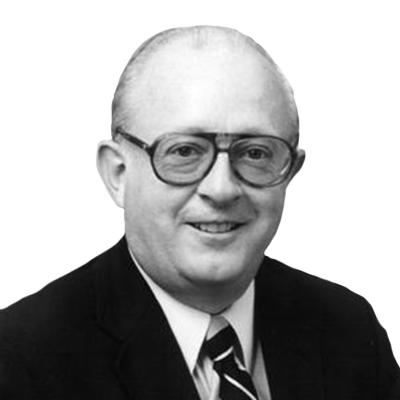 Dave Anderson
Dave Anderson Christine Brennan
Christine Brennan Mitch Albom
Mitch Albom Jason Whitlock
Jason Whitlock Claire Smith
Claire Smith Bud Collins
Bud Collins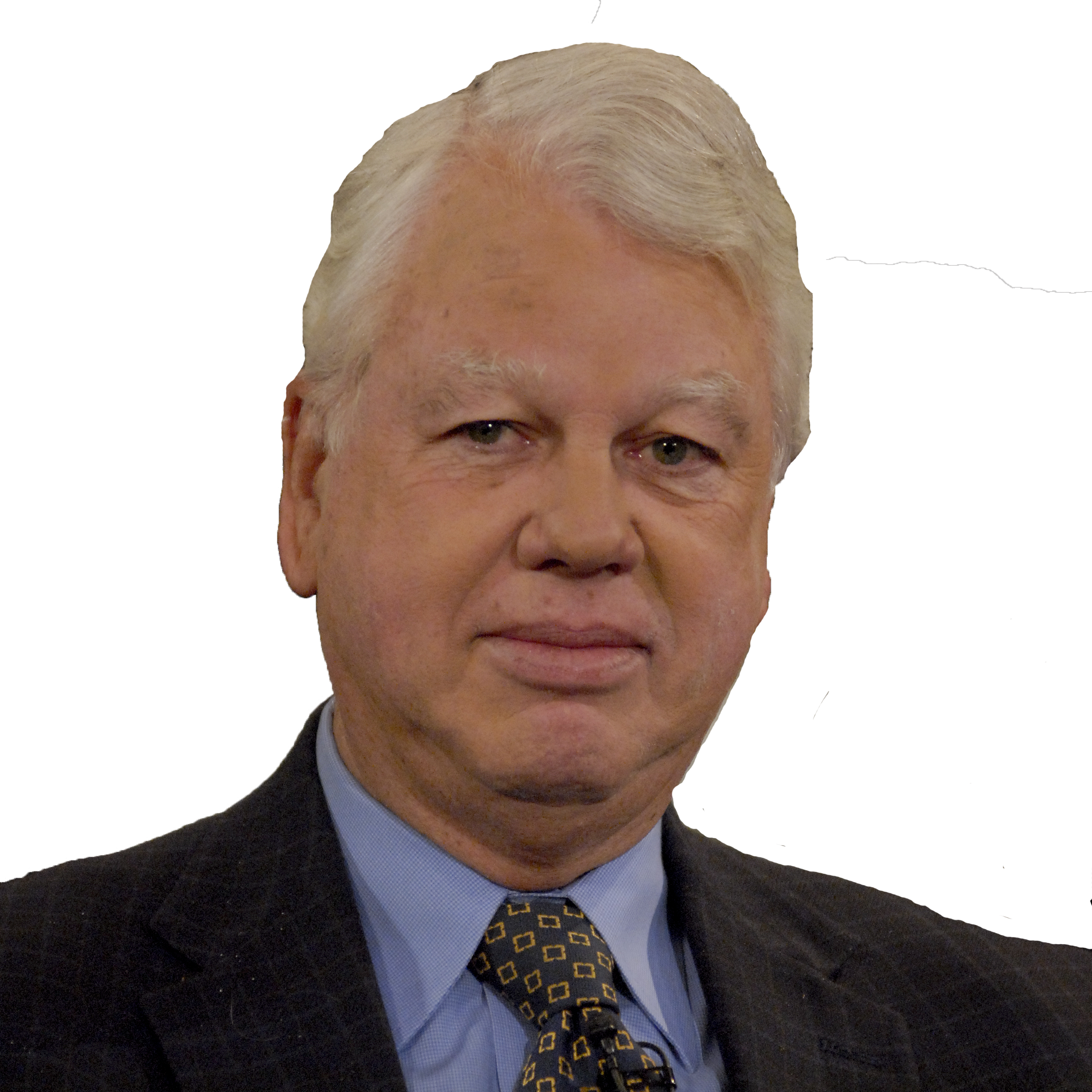 Bob Ryan
Bob Ryan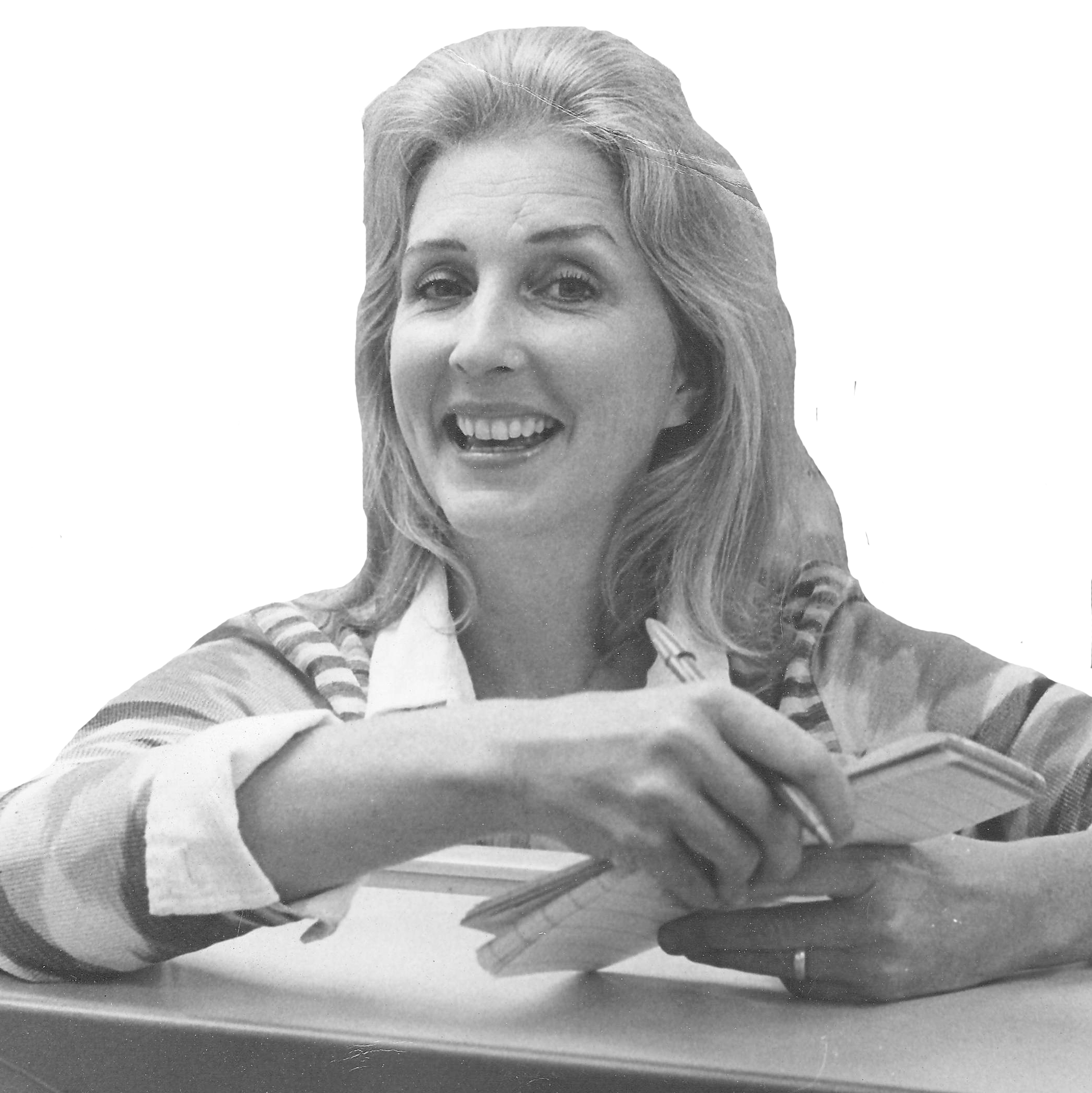 Joan Ryan
Joan Ryan Peter King
Peter King Wright Thompson
Wright Thompson John Feinstein
John Feinstein Lesley Visser
Lesley Visser Will Leitch
Will Leitch Tim Kurkjian
Tim Kurkjian Joe Posnanski
Joe Posnanski
 Adam Schefter
Adam Schefter
 Terry Taylor
Terry Taylor
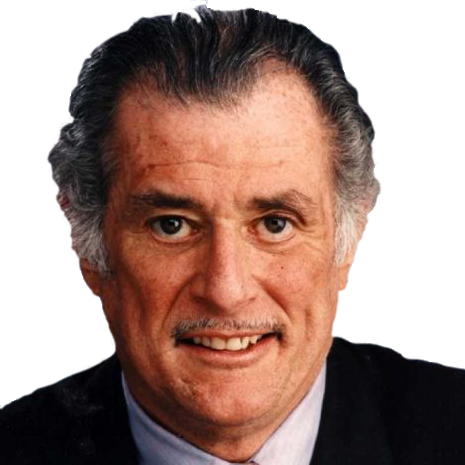 Frank Deford
Frank Deford
 Tom Boswell
Tom Boswell
 Neil Leifer
Neil Leifer
 Sam Lacy
Sam Lacy
 Jane Leavy
Jane Leavy Kevin Blackistone
Kevin Blackistone Juliet Macur
Juliet Macur Andrew Beyer
Andrew Beyer Tom Verducci
Tom Verducci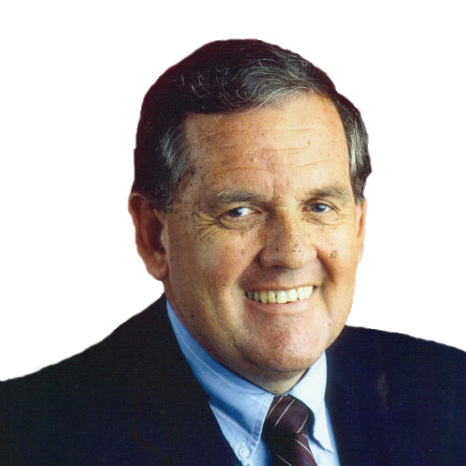 Hubert Mizell
Hubert Mizell Rachel Nichols
Rachel Nichols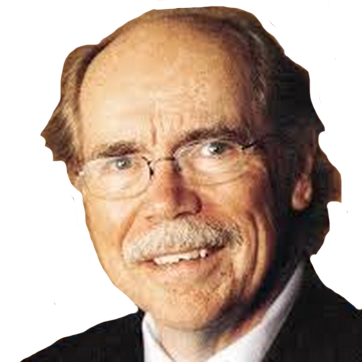 Dave Kindred
Dave Kindred Mike Lupica
Mike Lupica Richard Justice
Richard Justice Jerry Izenberg
Jerry Izenberg Bill Plaschke
Bill Plaschke Kevin Van Valkenburg
Kevin Van Valkenburg George Vecsey
George Vecsey Roger Angell
Roger Angell David Aldridge
David Aldridge Tony Kornheiser
Tony Kornheiser Jackie MacMullan
Jackie MacMullan J.A. Adande
J.A. Adande Robert Lipsyte
Robert Lipsyte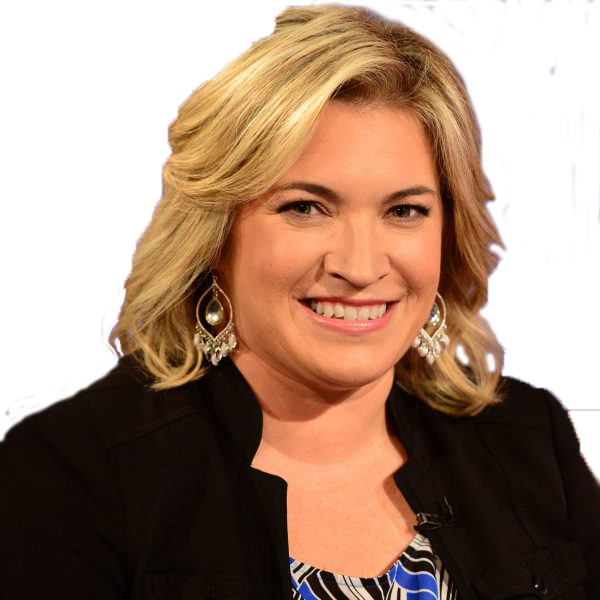 Ramona Shelburne
Ramona Shelburne David Remnick
David Remnick Bryan Curtis
Bryan Curtis Chuck Culpepper
Chuck Culpepper Jason Gay
Jason Gay Heidi Blake
Heidi Blake Dan Steinberg
Dan Steinberg Jerome Holtzman
Jerome Holtzman Barry Svrluga
Barry Svrluga
